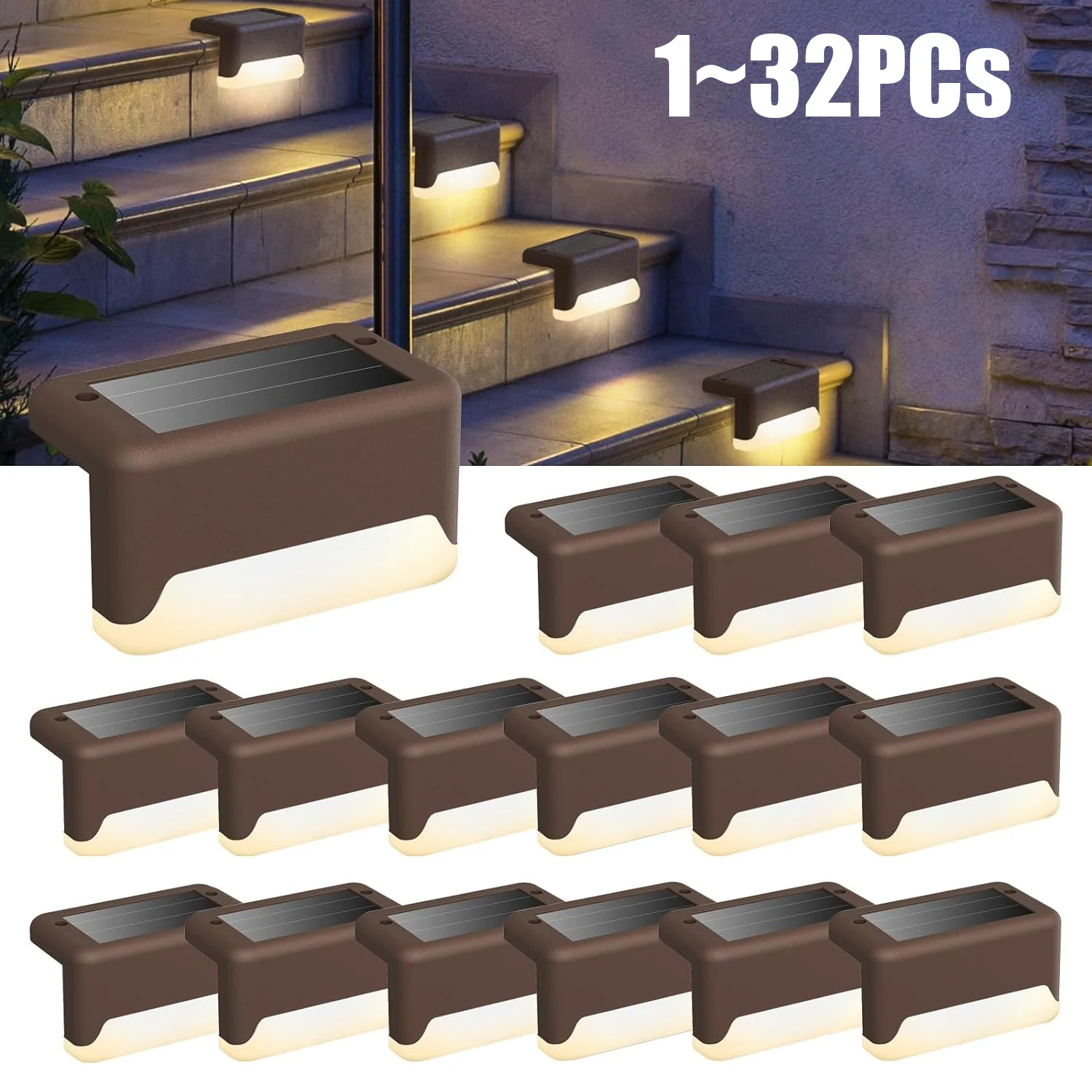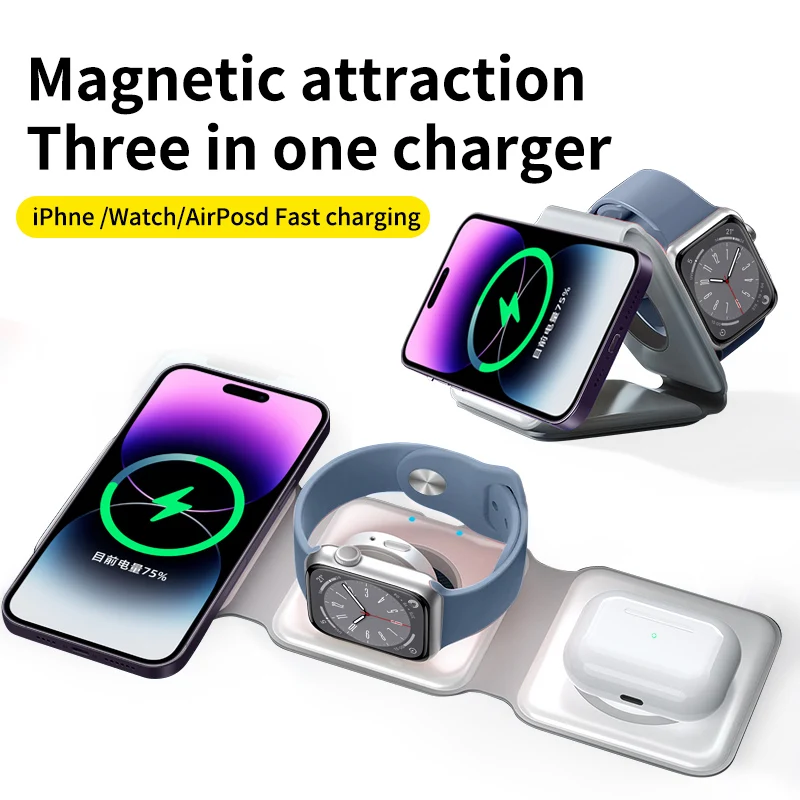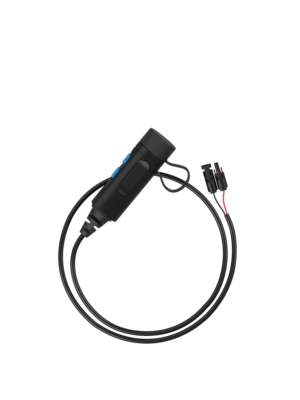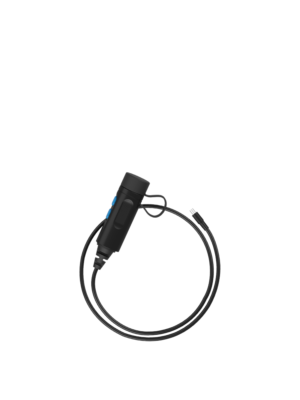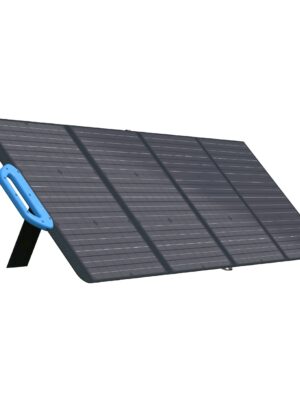How Do CB Radios Actually Work?
CB radios have been around for a long time, and even though smartphones and other modern forms of digital communication have eaten into their usefulness a little bit, they’re still an indispensable and self-contained method of communicating over relatively short distances.
They’re certainly convenient, and affordable, and a great option in any prepper’s toolbox. But, just how do CB radios actually work?
CB radios work by converting electricity into radio waves, which can then be received by other sets, which will turn them into sound through the use of a speaker.
That’s a really short, version of how they function, but we don’t need to take a huge, deep dive into radio signals for you to better understand and appreciate how a CB radio works.
And by better understanding how it works, you’ll have an easier time using one to its full capability. Keep reading, and I’ll tell you more about it…
CB Radios Send, Receive, and Convert Radio Signals Over Short Distances
CB radios are basically a type of self-contained transceiver, as a combination of a transmitter and a receiver.
Obviously, this means they are capable of both sending and receiving radio waves, or radio signals. But CB radios are one of the most low-powered varieties of radios that civilians have access to, and accordingly, they are only good over short distances.
Typically, a CB radio can only effectively send and receive these signals over 5 to 10 miles, oftentimes a lot less depending on local terrain, atmospherics, and other factors.
That’s okay, because this is still plenty of distance for lots of useful functions, including gathering information on traffic data and accidents, coordinating movements and vehicle convoys, etc.
CBs Transmit Across 40 Channels
You might know that there are a great many radio frequencies out there, and all of them spread out across different bands, from high to very high frequency, and even ultra-high frequency.
But CB radios only transmit across a relatively tiny slice of this spectrum, as mentioned above. This is important to understand because you won’t be able to speak to anybody who isn’t on a CB radio, or at least anyone that cannot access those same frequencies. Likewise, larger and more powerful ham radios can talk on frequencies that you won’t be able to hear.
In the grand scheme of things, CB radio is somewhat limited, and depending on where you are, the airwaves can get quite cluttered, but it is usually more than adequate for its intended use.
CBs Communicate Between 26 and 28 MHz
Because CB radios are low-powered, and they are generally quite limited in what they can achieve, they only operate across a pretty narrow frequency range.
Nominally, this is between 26 and 28 megahertz, but if you want to get exact, the 40 frequencies are spread between 26.965 and 27.405 megahertz, typically spaced 10 kHz apart.
All CB Radios Consist of the Same Basic Components
CB radios are commonly thought of as truck radios, or truck driver radios, but this really describes an entire category of equipment and its nominal use case as detailed above.
However, whether you’re dealing with a handheld CB, one mounted in a vehicle, or even one that is a base station in your home or some other location, they will all have the same components and depend on them for proper function.
Transceiver
This is the heart and soul of the CB radio. The transceiver is the component that is responsible for translating received signals into electrical signals, or sounds, that you hear. It is also responsible for turning electrical signals into radio signals that you send, that other users will hear on their side.
Power Supply
CB radios, like all radios, need a power source, and the nature of the power source depends on the installation. Those mounted in vehicles will run off of battery power, like everything else in the car, or for older vehicles, off of the vehicle’s generator.
CBs that are carried by hand will use battery packs, and larger sets that are kept at home or elsewhere can run off of AC/DC, or else off of any other power generation technology you might be using if your house isn’t connected to the grid.
Chassis
The chassis, sometimes called the case, is the hard shell that holds the transceiver, outputs, and jacks, and often times the control panel as well.
Controls
All CB radios, no matter how advanced or how primitive, will have controls to operate them. These controls include volume, gain, tuning, channel selector, and various other settings.
Mic
Mic, or microphone, is the part that you key when speaking into it in order to transmit your voice over the airwaves.
Antenna
The antenna is the other most important part of a CB radio and is responsible for physically sending and receiving the signals from the transceiver.
Antennas might be omnidirectional or unidirectional, but choosing the right one, setting it up properly, and tuning it for correct function is absolutely essential to good radio performance. Without an antenna, your signal will go nowhere!
Speaker
You already know what a speaker does. Whether it is installed in an all-in-one handset, built into the case, or a separate, standalone speaker, this is what you’ll hear other CB users’ voices on when receiving – assuming you are tuned in!
The Antenna Receives and Transmits Signals from the CB
When you key your CB Radio and then talk into the mic, assuming your components are set up correctly, powered, and functional, your voice will be converted into a radio signal that will then be emanated by your antenna.
A good antenna will produce a better, cleaner, and nominally stronger signal that is easier to receive by another set.
At the same time, it will also pick up other CB radio signals and transmit them to the transceiver, which will then convert them back into electrical energy that will come out of your speaker as someone’s voice, or whatever other sound was transmitted.
Again, we can delve into the actual science of this, but that is a long, long conversation!
SSB, or Single Sideband, CBs Have Better Range and More Channel Options
There are some specialized CB radios out there that are commonly referred to as SSBs, or single sideband CB. These CBs tend to be more powerful, clearer, and offer superior performance compared to standard CB radios, with the downside of greater expense.
But even better, they can use additional channels through the use of two sidebands, which will effectively double the number of usable channels your radio can access, a total of 80!
One shortcoming, though, is that if you’re accessing these sideband channels, you’ll only be able to communicate with other SSB radios, not standard CBs.
Please Support Our Sponsors
Solar Power Generator Discounts Along With Free Shipping
- 10% OFF for Jackery Solar Generator 2000 Pro Series with code "JADEAL"
- 10% OFF for Jackery SolarSaga 200W Solar Panel with code "JADEAL"
- 10% OFF for Jackery Solar Generator 1500 Series with code "JADEAL"
- 10% OFF for Jackery Solar Generator 1000 Series with code "JADEAL"
- 10% OFF for Jackery Explorer 1500 Portable Power Station with code "JADEAL"
- 10% OFF for Jackery Explorer 1000 Pro Portable Power Station with code "JADEAL"
- 10% OFF for Jackery Explorer 500 Pro Portable Power Station with code "JADEAL"
- 10% OFF for Jackery Explorer 300 Pro Portable Power Station with code "JADEAL"
- 10% OFF for Jackery SolarSaga 100W Solar Panel with code "JADEAL"

The University of Georgia is represented by the Georgia Bulldogs . The Bulldogs participate in the Southeastern Conference's (SEC) Eastern Division of the NCAA.
They play their home games in the storied Sanford Stadium in Athens, Georgia. The first season in Georgia was in 1892. In 1942, 1980, and 2021, the Georgia Bulldogs won three national championships.
The Georgia Bulldogs have additionally been crowned the National Champion in four additional seasons by at least one polling organization (1920, 1927, 1946 and 1968).
The Georgia Bulldogs are tied for second place in conference history with their 15 conference titles, including 13 SEC titles, and their 59 bowl appearances, which ranks second all-time.
In addition, the program has produced five top picks in the National Football League (NFL) draft, two Heisman Trophy winners, numerous winners of various national honors, and many others.

Longhorns football represents the University of Texas in Austin often known as Texas, UT or the Texas Longhorns. The Longhorns represent the Big 12 Conference in the NCAA Division. They play in Austin, Texas, at the Darrell K. Royal-Texas Memorial Stadium.
The Texas Longhorns are ranked third and seventh, respectively, in terms of all-time wins and win-loss records, with over 900 victories and an overall win-loss percentage of.705.
The legendary program also boasts four national titles, 32 conference titles, 100 First Team All-Americans, and two Heisman Trophy winners.
Get your Texas Longhorns Revival T-Shirt today. The Texas Longhorns Rustic Revival shirt is also a fan favorite.
Many college sports fans like to wear their gear all around town, get your Texas Longhorns Centered gear and show your support.


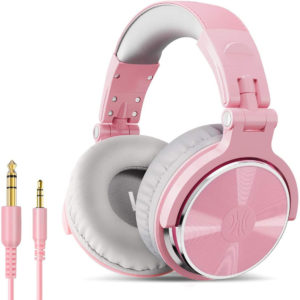

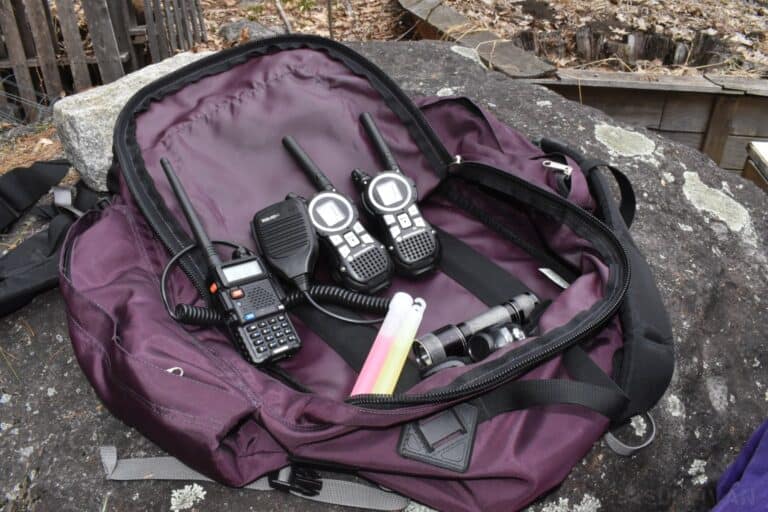
 Gettr
Gettr



